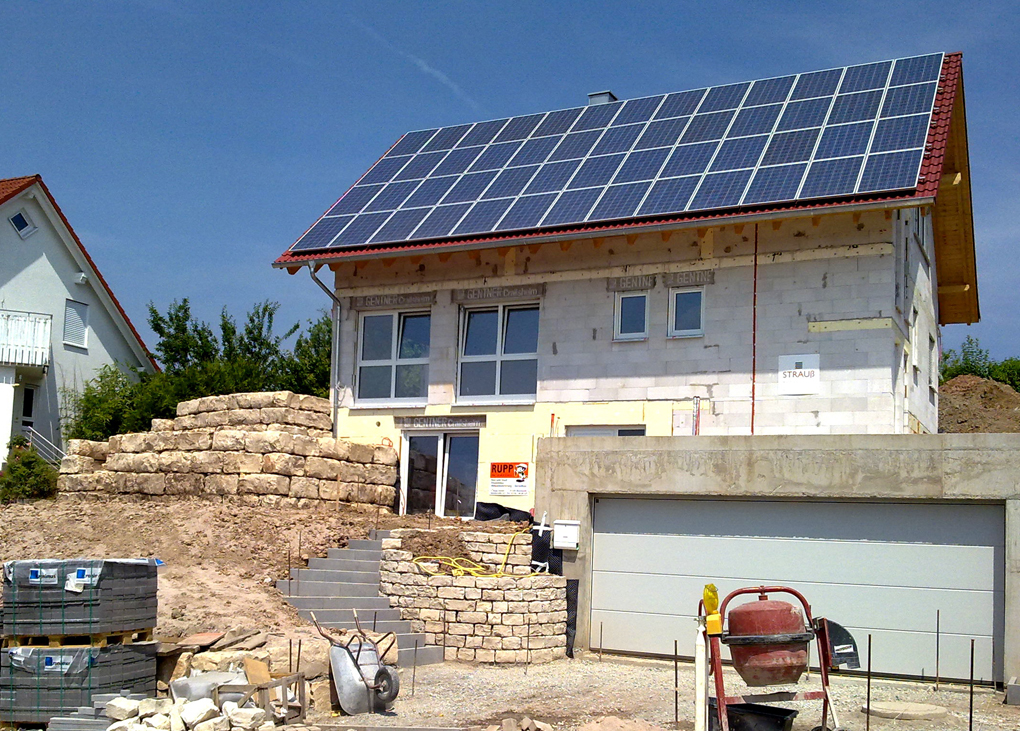As Australians struggle through another sweltering summer, more families are trying to lower their power bills through better energy efficiency in their homes.
A recent report on ABC’s 7.30 delved into exactly how much Australians could be saving if they had Passive House homes.
Passive House (also known as Passivhaus) is a low-energy and high-comfort building design. The methodology focuses on high levels of occupant thermal comfort at low levels of energy consumption, using five principles of airtightness, thermal insulation, mechanical ventilation heat recovery, high-performance windows and thermal bridge-free construction.
According to the 7.30 report, Passive House homes can save up to approximately 80 per cent on heating and cooling bills.
Architect Oliver Steele built Australia’s first passive house apartment block in Sydney, and says passive homes are essentially eskies for living in.
“The essence of a Passive House is that it’s a naturally lit, super insulted, perfectly sealed,” he said during the report.
Australia currently has no compulsory Passive House standards, and Certified Passive House (CPH) is a voluntary standard awarded by the Australian Passive House Association (APHA).
According to APHA, approximately 40,000 houses, schools, offices, and other building types have been built to the Passive House standard around the world.
The Australian building industry has a long way to go before Passive House standards become the norm, but changing weather conditions seem to be forcing people to consider new solutions.
Watch the 7.30 report here.



Leave a Reply